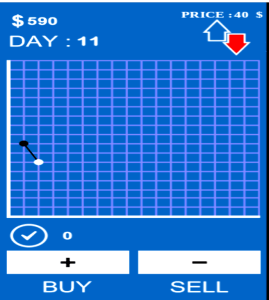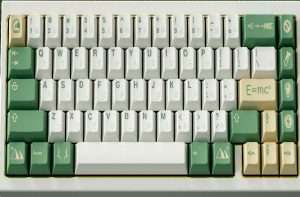How Virtual Reality Works: its Impacts on Health, Lifestyle & the Society

Virtual Reality (VR) will change the way we interact with our environment if not create major transformations in all the industries.
While the pace of growth might just start with only a headset and seems slow now, the future impacts of VR would definitely be much more.
There are several benefits of virtual reality in businesses, health, gaming, transportation now.
In business, which is our concern here, VR is now much relevant especially in business training, marketing, management, and the economy at large.
There is a long way to grow in the field of virtual reality where customers can be taken to a whole new virtual world with this innovative technology.
Challenges & Future Prospect of VR
There are some challenges and concerns as of now, which include the cost of VR, comfort factor, lack of engaging content and the stress of wearing huge devices for a long time.
These are some potential problems with using virtual reality technology and it indicates that there are many more changes to be done in the hardware as well as the software front which will make VR tech more enticing.
But on the other hand, tech-savvy entrepreneurs are all the more excited about this innovative stream.
They are working constantly on producing new VR content for th future development which will increase the ease of use too.
Since many industries like education, health, gaming, among others are already benefiting from the VR based applications, they are expected to stay for long.
Technology experts predict that VR in the future will bring in a whole new perspective and will be able to give a real-life experience in the digital world, have positive effects on the society and the economy.
They believe that the next major sector will be the one involving VR.
The Techniques behind Virtual Reality
While the usual 3D space will only provide a display to watch, the virtual reality technology will act as an interface where the person will get to fully experience the enhanced 3D virtual world.
All senses, including the sight, hearing and touch will be utilized as a stimulus in order to experience the artificially produced virtual environment.
This will involve the source from where the content is originated and also a device which will be utilized by the user.
As of now, the user devices vary from headsets, goggles, gloves to even virtual treadmills.
When the content is combined with the user device, a high-quality virtual image is produced which will be interactive.
The virtual world will be realistic depending on the components like the motion delay, view, pixel quality, image quality, audio, and video synchronization, refresh rate etc.
Since the human vision will act as a video frame, tricking the mind into thinking that the virtual environment is real, is quite difficult.
Added to this is the peripheral vision which limits the visual world experience.
This will definitely have positive impacts in neuroscience, surgical operations, travelling and transportation.
VR will not only help in business but in better and healthier lifestyle of the people in the society and improving the economy through the productions of these VR techs and support services around this technology.
The Virtual Reality Process
To produce a VR environment, there are devices like the headset and a mobile device which should be present.
In some situations, a motion tracking device will also be needed.
What happens is that the headset in front of the eyes will display the content.
A cable will be used to transform the image from to the screen from a mobile device or a computer.
There are also devices which have both the source content for VR as well as the display like the ones developed by Google.
The images can be made 3D by opting for the particular lens. The frame rate per second is maintained at 60 fps in order to bring out a virtual reality environment.
This rate can be increased to enhance the experience. For tracking purposes apart from the mentioned motion tracking, there are also head and eye tracking systems in place.
In the case of head tracking the headsets are based on the movement of the head to the different sides and angles.
With the combination of a number of tools and with directions the end result is achieved.
There are certain cases where the users will witness the time gap between the movement and the simulated image which can be avoided with the proper latency.
There are headsets which come with the infrared controller. This will also allow the tracking of the eye movement.
Compared to head tracking, this method will produce a deeper engagement with the user.
While these are the basic steps in tracking, motion tracking is the one which will take the system to the next level.
However, it is still in the development stage.
With concepts like optical and non-optical tracking, free fall, 3D space this tracking stream is yet to be explored a lot.





